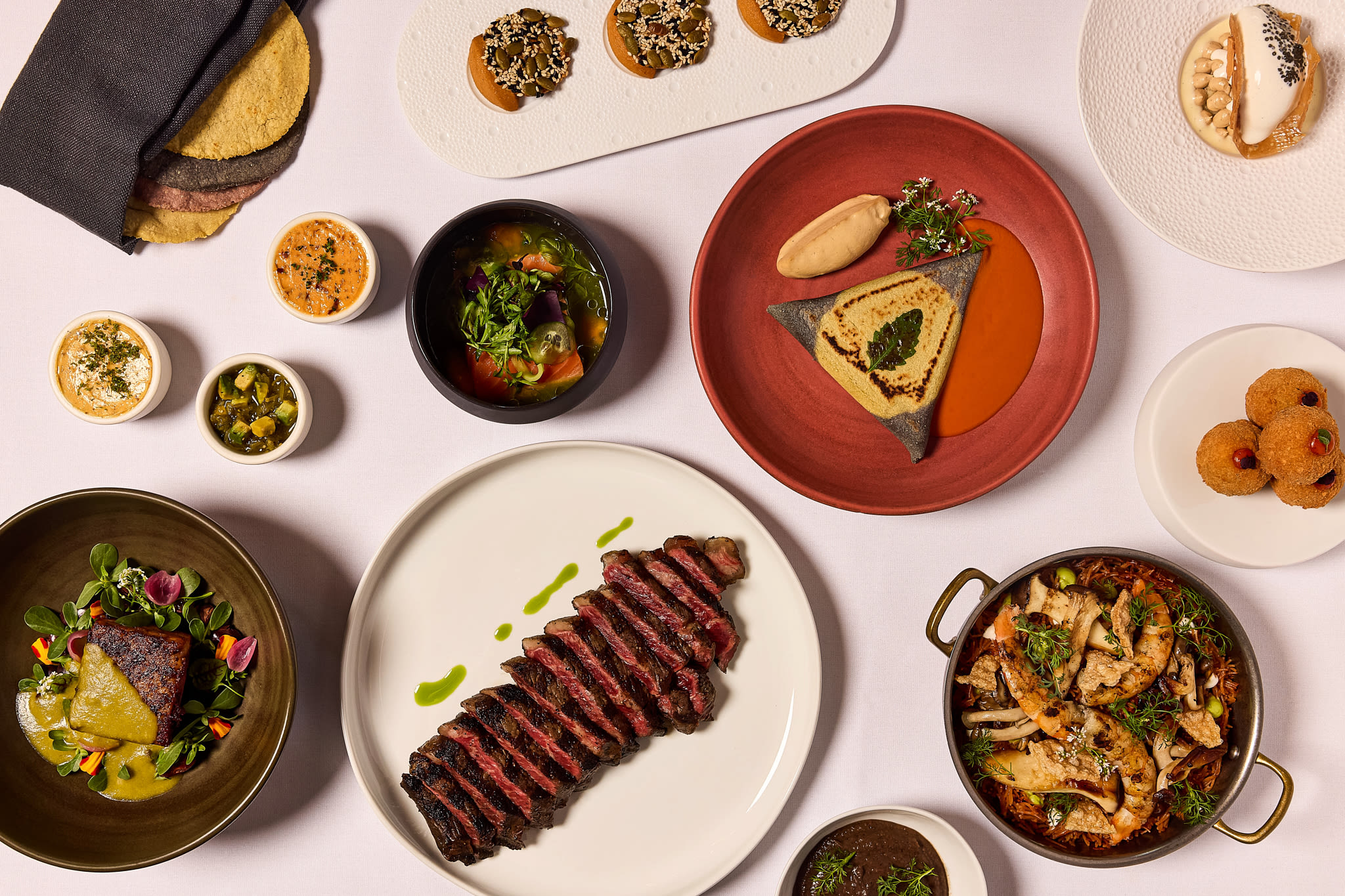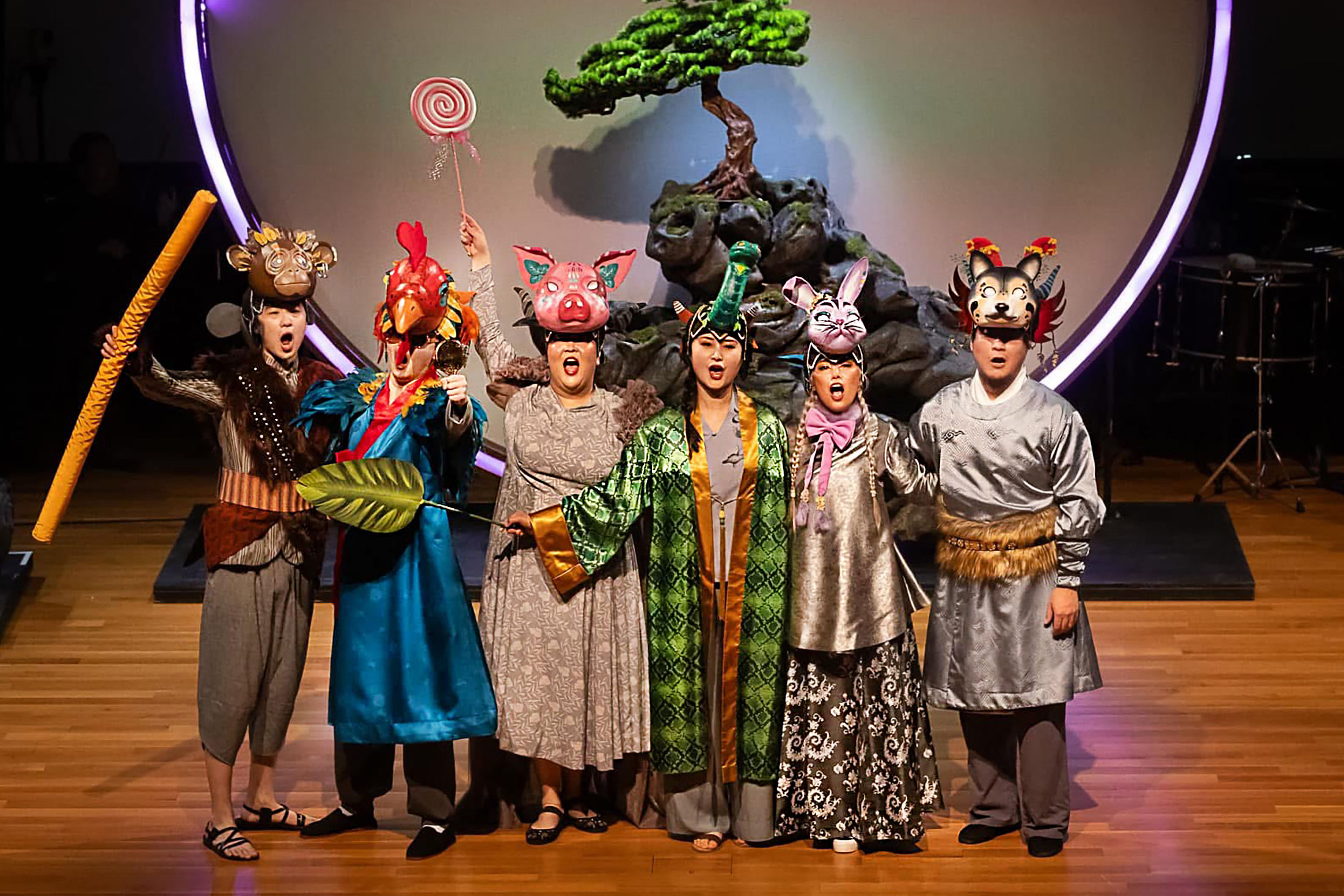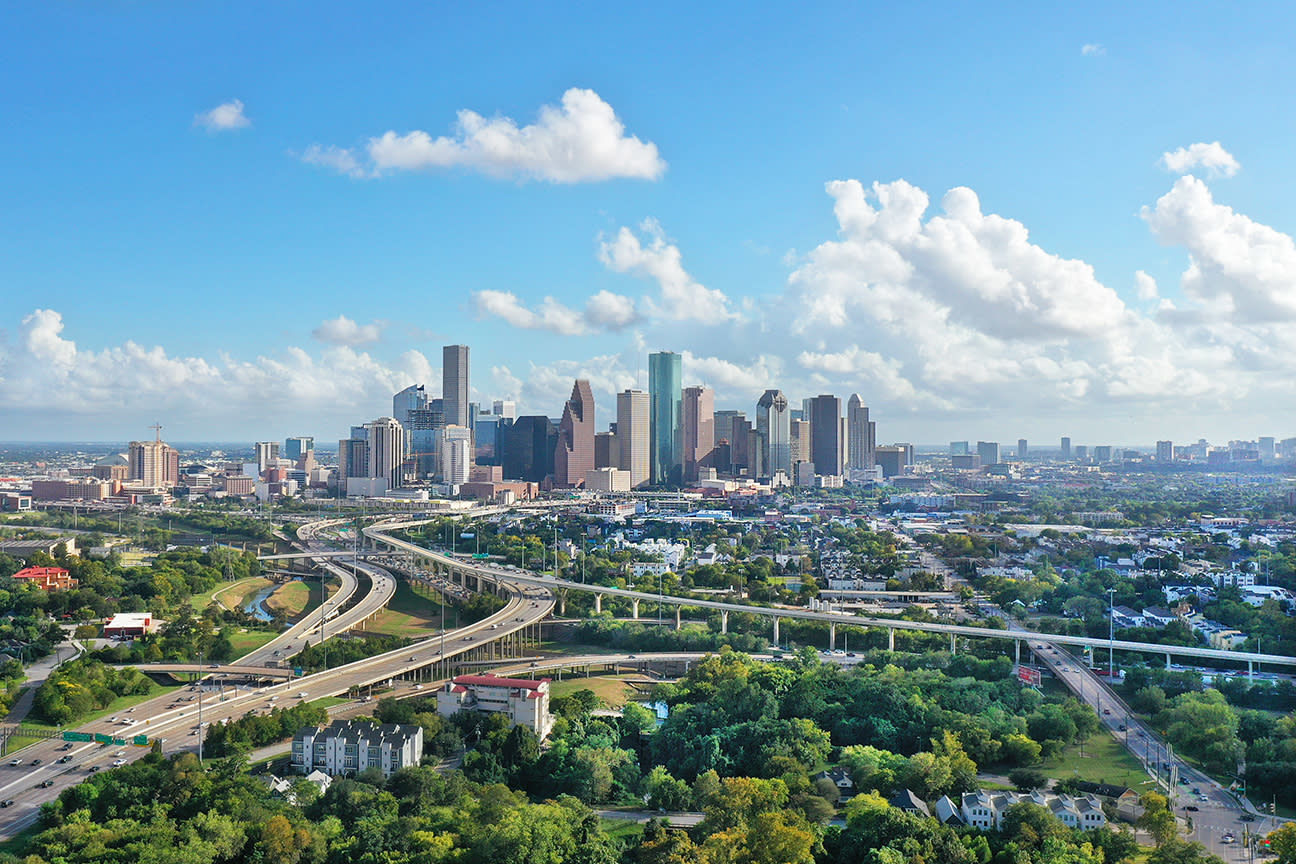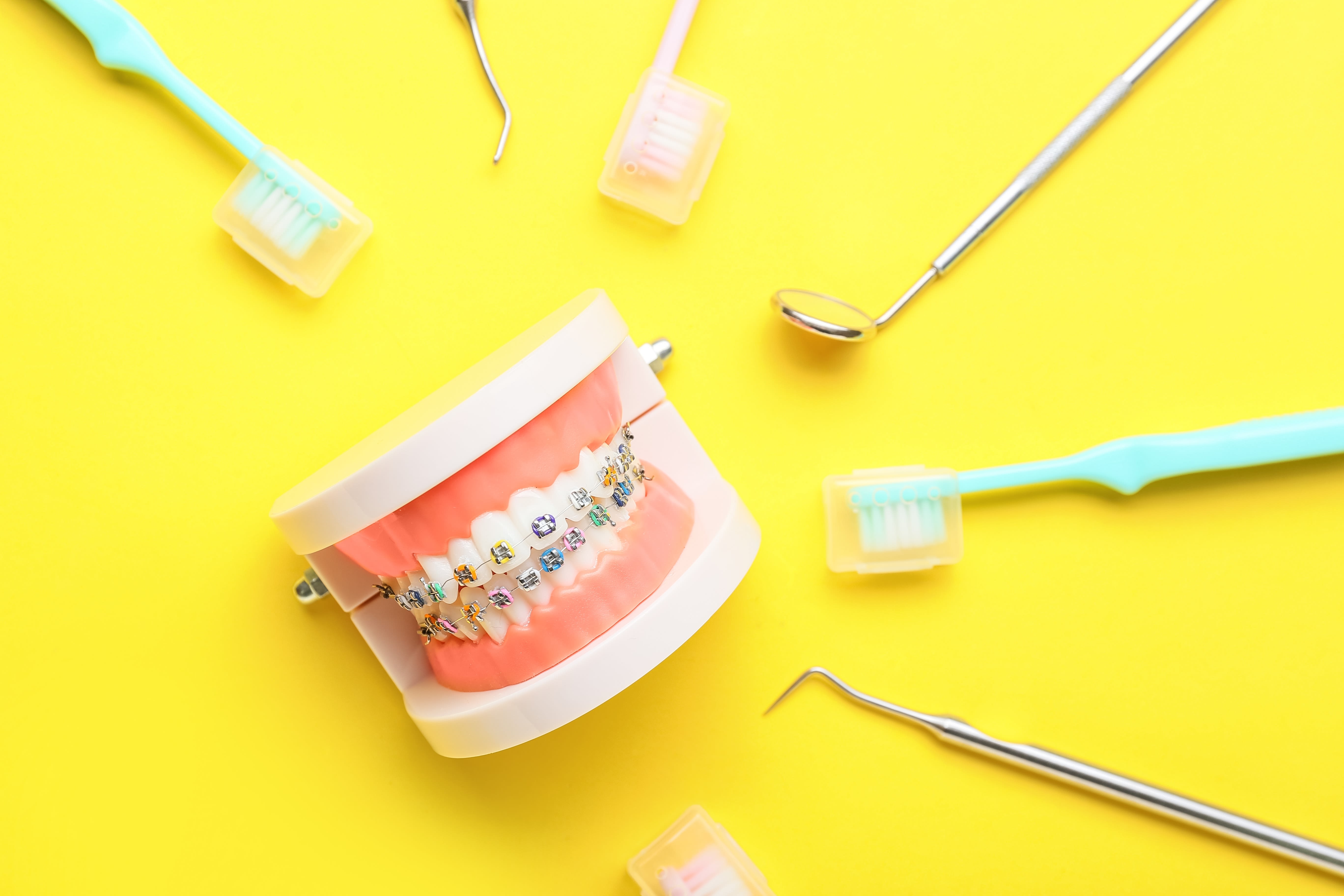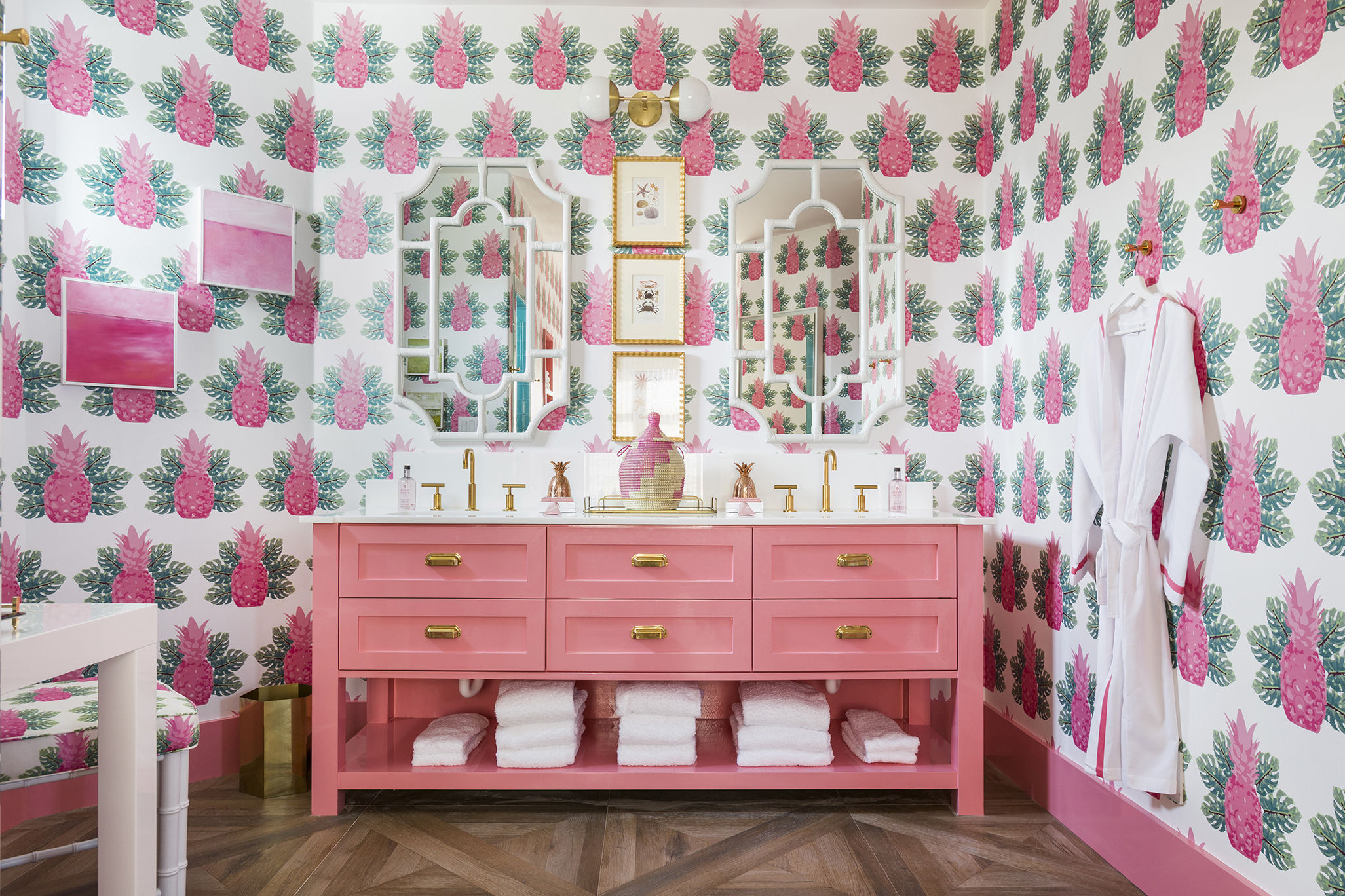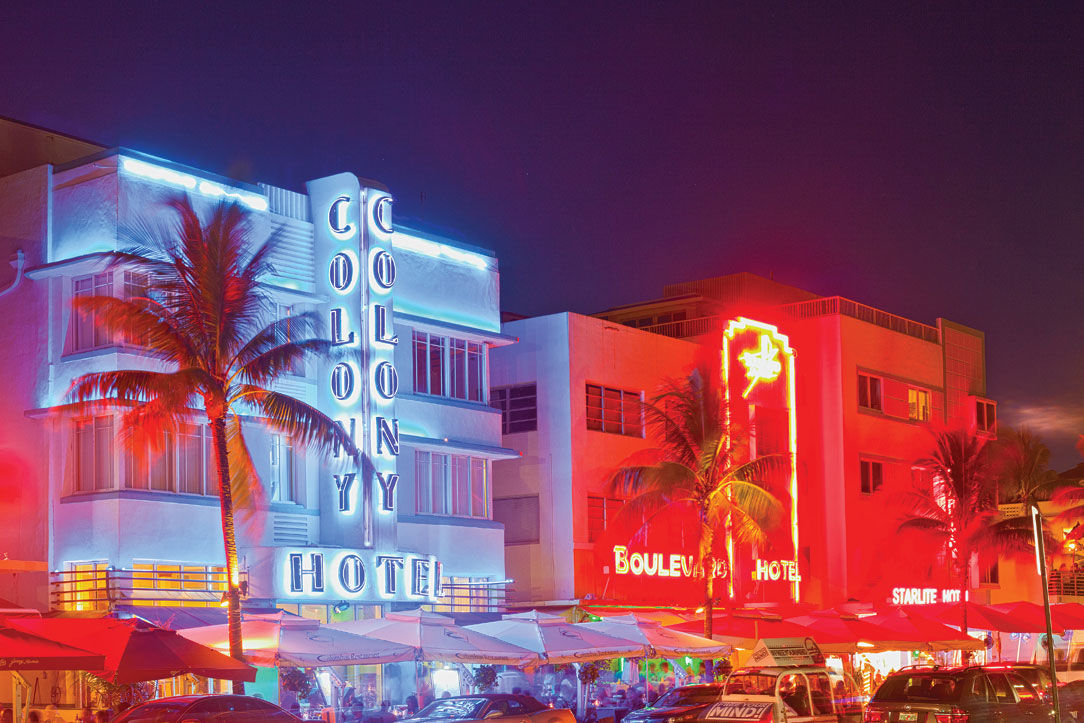
Embracing the Spectacle in South Beach, Florida
It wasn’t until the evening of my first day—while sitting in a bar in the impossibly swank Ritz-Carlton lobby—that I finally figured South Beach out. Until then, I’d thought that subset of Miami was only a paradise of people-watching—of hotties in barely-there swimwear, of glamorous types sleeping off hangovers under pastel umbrellas, of visitors of unknown origin dancing to oonce-oonce music. I thought it was a place to gaze at all manner of humanity parading past on hoverboards, motorized bikes, skateboards and rollerblades. To watch videos being filmed, ice-cold coconuts bought and sold, sand volleyball and soccer played, Bentleys and Lamborghinis and party buses gliding by. To go to Miami, I thought, was to witness CrossFit freaks, parrots, druggies, drag queens, twerkers and flesh, everywhere flesh.
And while I did see all those things and more, you don’t come to Miami to people-watch, it turns out. You come to watch other people watch you. To be people-watched. Think hedonism with a healthy dash of narcissism. Think lunch at a hotel eatery while sitting in a G-string, think loudly boasting to your girlfriend about how much you saved by not flying first-class.
As I say, I owe this piece of wisdom to the Ritz-Carlton bar, or rather the bartender, with whom my husband and I found ourselves chatting about the Miami restaurant scene. He approved of our choice for the evening—OLA, a Latin American place at the nearby Sanctuary Hotel—but could barely hide his disappointment at our 7 o’clock reservation. Miami doesn’t eat that early, you see.
“It’s all about seeing and being seen here,” he explained, “so people go out late, and they often go to three different dinners.” They don’t order much either, apparently, which makes things tough for the restaurants. On the other hand, they are internationally known dens of nonstop fabulousness—except at 7. The bartender was right, by the way. Our dinner of ceviche and empanadas at Ola was lovely, but there’s not much fabulousness in being one of four couples in a restaurant.
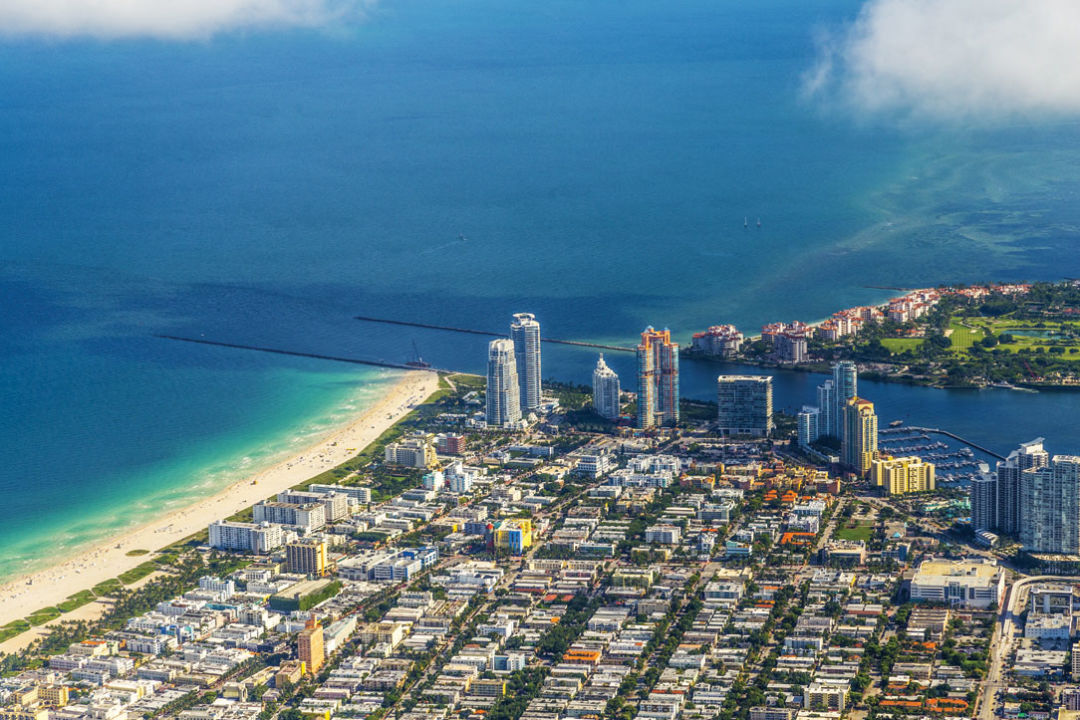
The city on the sea
Image: Shutterstock
Not far from the noise and glamour and oonce-ooncing was the beach itself, which was surprisingly, marvelously quiet. There were no waves, just a clear, smooth-as-glass turquoise sea. The beachgoers were quiet too, perhaps saving up their energy for that nightly three-restaurant slog. The coming evening certainly seemed to loom heavily, from the small planes that buzzed by carrying news of a DJ set that went on till 4 a.m., to the club promoters strolling the white-sand beach, brutally punctuating the silence with their come-ons. “Are you 21? Do you know where you’re going tonight?” they asked everyone—almost everyone.
“I am simultaneously thrilled and offended that no one has approached us,” I said to my husband, looking up from a book. Which is to say: I didn’t miss those days of going out at 11, but I did miss looking like someone who does. Clearly, Miami was starting to rub off on me.
Spectacle, it seemed, was everywhere. Driving across Biscayne Bay between the mainland and South Beach, there were gorgeous views of the Miami skyline, glossy high-rises, mansions lined up along gated islands and, everywhere, gleaming yachts. The outward—okay, in-your-face—display of wealth was so fun to watch, we almost got into a wreck on the highway on our way into town to check out some art. I found myself wondering what it was like to live in Miami for the have-nots, to be surrounded by tourists but not on vacation. Never mind the rarefied yachts—how did it feel to watch ships from every cruise line pull in and out of the harbor, day after day, week after week, and not be on board?

Poetics of Relation installation at the Pérez Art Museum Miami
Image: Courtesy Oriol Tarridas
I felt like someone had read my mind when I visited the Poetics of Relation exhibition, a group show at the city’s supercool Pérez Art Museum (through Oct. 18). There, I found myself staring in fascination at Jamaican-British artist Hurvin Anderson’s “Country Club: Chicken Wire,” a painting depicting a red tennis court surrounded by trees, seen through a wire fence, its pattern of white hexagons forming a barrier. That sense of being on the outside of wealth and looking in, unable to turn away, must resonate with many a Miamian, I thought.
The artists featured in the exhibition were from all over the globe, yet it still seemed like a meditation on Miami, and the disparate communities that make it up. Xaviera Simmons’s “In the Lushness of” was an enormous piece at 16 by 61 feet, its black background carefully painted with white words in English, Spanish and Creole, a hodgepodge of language that immediately brought to mind our strolls through South Beach. My husband and I stood entranced in front of it, our eyes rolling over the words. Then two women walked by dressed head to toe in body stockings, and the moment passed. Ah, Miami.
No visit to the city is complete these days without a stroll through the murals at Wynwood Walls, where we joined in with everyone else, taking selfies in front of the electric, kinetic, colorful backgrounds. It was hard to believe that as recently as 2009, the walls in this warehouse district near downtown had been unadorned. That was before street artists from all over the world descended here, covering 80,000 square feet of wall space. The Wynwood streets were plenty lively too, although nothing by comparison to how they’ll look come December, when Art Basel takes over the city for the 14th year running. Now one of the world’s biggest art fairs, it attracts all the big-name artists, plus collectors, art dealers, celebrities, hangers-on and everyone in between—more than 70,000 people. It’s an event not to be missed, so they say, and the chief reason for the city’s explosion of galleries and collections over the past few years.
Back in South Beach, we hit The Wolfsonian, a decorative arts museum that possesses more than 180,000 objects and artworks spanning the years 1885 to 1945. There, we were drawn to a small exhibit on South Beach art deco, engrossing because much of the ephemera on display—magazine ads, matchbooks, postcards—was from hotels we’d seen or visited: The Tides, the New Yorker. These historic buildings were still very much alive and well, and just gorgeous. Without naming names (ahem), many times over our visit I found myself wishing that other cities were so wonderfully well-preserved. The parade of beautiful buildings, one after another, was almost too much. And, elsewhere in the museum, seeing some of the objects they once contained—a pitcher, say, or a toaster, or a vase—is part of what makes The Wolfsonian so interesting.
Calle Ocho, the main street in Little Havana, was on our must-see list too, and, it must be said, something of a disappointment. Beyond watching old-timers play dominoes in Maximo Gomez Park, there just didn’t seem like much to do. We dipped in and out of the shops selling tourist tchotchkes and cigars and finally made our way inside a men’s store, where my husband picked up a couple of guayabera-style shirts, later discovering they’d been made in China. (Should’ve done our research!) Authentic Little Havana still exists, we were glad to discover, at Versailles, where we fortified ourselves with café con leche and shortbread cookies that could cure any ailment.
Speaking of food, we ate many delicious things in Miami, most notably the fried chicken at Yardbird, Cuban sandwiches at Enriqueta’s, small plates at Pubbelly, apps at the Delano and a great lobster cobb salad at BLT inside the Betsy Hotel on Ocean Dr., which we hit on our last night—no need for reservations, as we never adjusted to Miami dining hours—before wandering the streets one last time. We finally posted up at another hotel, The Tides, where we sat out front having mojitos and watching the crazy world go by—the people salsa-ing on the street, the couple whose age difference was 40 years (minimum), the serious, mysterious woman wandering along all alone, in a full-on evening gown.
Miami having taken hold of us, however, my husband and I didn’t feel comfortable just watching anymore. No, we decided to stream it all on Periscope with his phone camera, sharing the pageantry with the world and occasionally reversing the camera to comment. At one point, several dozen viewers tuned in to watch the scene with us, from where I have no idea. Wait, they’re seeing us see, I thought excitedly. We were at one with Miami at last.



